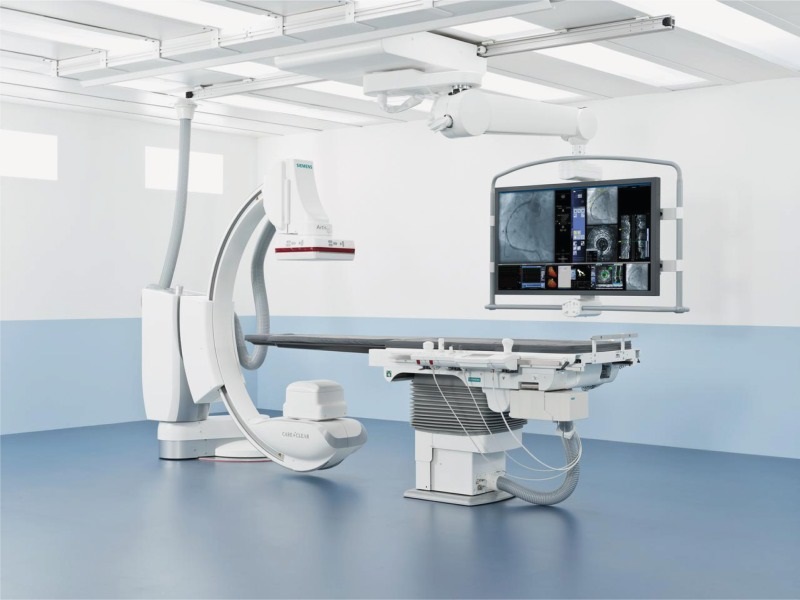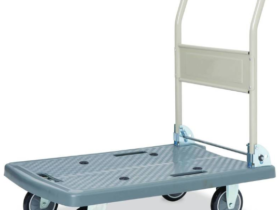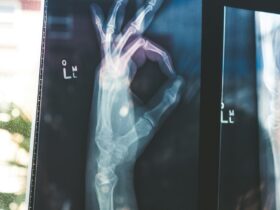X-ray is a frequently used imaging test, and x-ray or radiological accessories are often primary diagnostic tools in many medical treatment processes. Introducing a new X-ray system into an imaging facility can be daunting. If you pick radiology accessories for the first time, it needs even more effort to select the right tools.
Currently, a large number of radiological accessories are present in the market, and they vary widely with functionality and price. And that’s why you should know the important factors of X-ray machines in order to get a good deal.
Primary Types of Xray machine
Digital X-ray machines: Digital x-ray machines use sensors connected with a computer, and unlike traditional x-ray machines, they don’t use film.
Advantage of Digital x-ray machine-
- digital x-ray machines can produce clearer and more accurate pictures than traditional ones.
- Operation speed is high, and pictures can be examined instantly on a computer
- The operation cost is low
- It enables to store the x-ray information on a computer and can be accessed remotely
- Provides more safety as it doesn’t require film developing processes, thus less exposure to radiation.
Film X-ray machines: Film x-ray machines are traditional machines that use a special film to produce the image. The resulting image can be examined after the image is developed.
The advantages of Film-based x-ray machine-
- It has a lower cost of operation compared to the digital x-ray machines
- All x-ray staffs are usually familiar with the operational procedures
- Generally, it can operate for many years without any issues
Types of X-ray machine based on placement and working volume
Portable unit
Portable X-ray units are exactly what they sound like- mobile X-ray equipment that can be moved between rooms for basic x-ray operations. Generally, these x-ray machines are easy to use, lightweight and easy to operate. These portable tools require less power to operate and are suitable for urgent use as a backup for large rad rooms or other low-volume using purposes.
Floor mounted unit
Floor mounted category has numerous variants, and they can come with different fitting features. The essential thing is that they are fixed and operate in a specific place. For example, they can be mounted as a fixed table, straight arm or U-arm. Floor mounted units are usually used in facilities where it requires a large volume of x-ray imaging on a regular basis.
The benefit of floor mounted units-
Powerful: they are more powerful than portable x-ray machines. They can provide a wide range of images with high image quality and easily deal with heavier patients on the elevating table.
Flexible: The floor-mounted tube can move rotationally at a wide-angle. Also, the mobile table can be adjusted as needed. These two combinations of adjusting the tube and the table enables to perform more types of x-ray imaging.
Ceiling mounted unit
As its name sound, in-ceiling mounted x-ray systems, the tube and collimator hang from the ceiling. For this x-ray unit, the cost of equipment, installation and servicing is way higher than the other categories. But this x-ray unit is the most versatile of all types. Generally, these units are purchased for high volume facilities such as large hospitals or orthopedic clinics.
The benefits of this unit are-
- can easily handle all types of x-ray imaging
- both manual and automatic operations are available
- produce high-quality and accurate image output
Choose the right tools
So, you already know the types of x-ray machines, but there are a few important things to keep in mind before purchasing the right tool.
- First, identify the purpose of your use and the expected volume of use as well. For example, Dentistry and Orthopedic use require different operations. So, you should select your category before examining looking into the other criteria.
- Carefully look into the diagnostic capability of the machine you are going to buy. Again, diagnostic capabilities may vary with different purposes of use.
- Maintenance cost is another important factor to keep in mind. You should opt out for a reliable product that can serve efficiently for many years. Also, the equipment should not exceed the maintenance budget.
- Safety is a major concern in x-ray operations. So, opt out for equipment that is safer for you or your staff.










